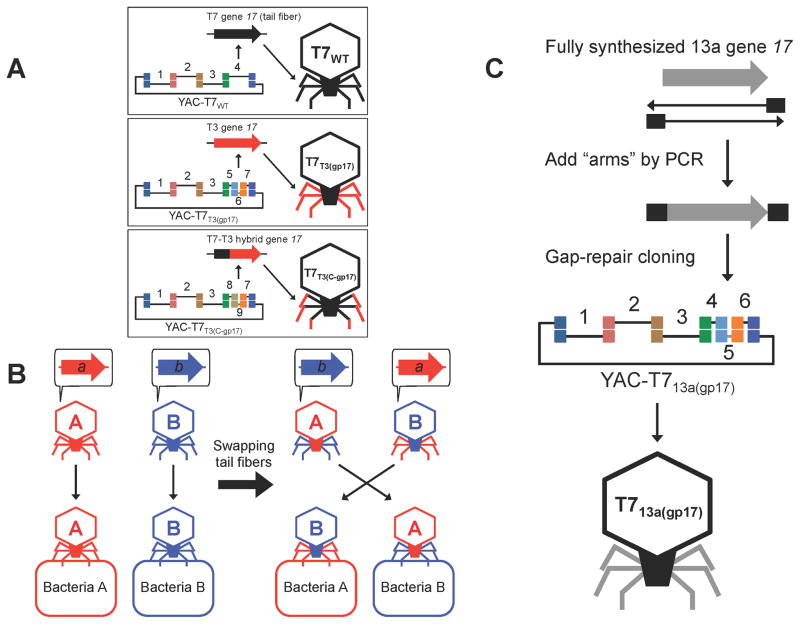Figure 2. Creation of synthetic phages with engineered host range.
(A) We prepared multiple PCR fragments encoding the wild-type T7 phage genome (T7WT) (PCR fragments 1 – 4; 10.0, 10.0, 10.0, and 10.1 kbp, respectively), T7 phage with the entire T3 phage tail fiber (T7T3(gp17)) (PCR fragments 1 – 3 and 5 – 7; 10.0, 10.0, 10.0, 4.7, 1.7, and 3.7 kbp, respectively), and T7 phage with a hybrid T7-T3 tail fiber (T7T3(C-gp17)) (PCR fragments 1 – 3, 8, 9, and 7; 10.0, 10.0, 10.0, 5.2, 1.3, and 3.7 kbp, respectively). All fragments were co-transformed and assembled in yeast along with YAC DNA (3.0 kbp). (B) Phage A with its primary host determinant, gene a, infects bacteria A, but cannot infect bacteria B. Phage B with its primary host determinant, gene b, infects bacteria B, but cannot infect bacteria A. We hypothesized that swapping these host determinants between phages would switch their respective host ranges. (C) Creation of synthetic T7 phage with phage 13a tail fiber (encoded by gene 17). We synthesized 13a’s gene 17 and assembled it with the rest of the T7 genome via overlapping PCR products in yeast (PCR fragments 1 – 6 and YAC amplicon; 10.0, 10.0, 10.0, 4.8, 1.7, 3.7, and 3.0 kbp, respectively). The YAC-phage DNA was extracted and used for transformation.

